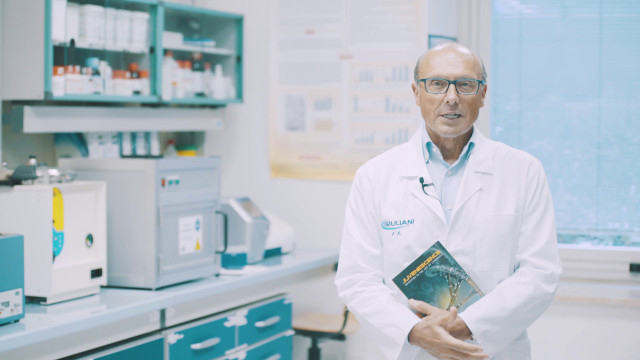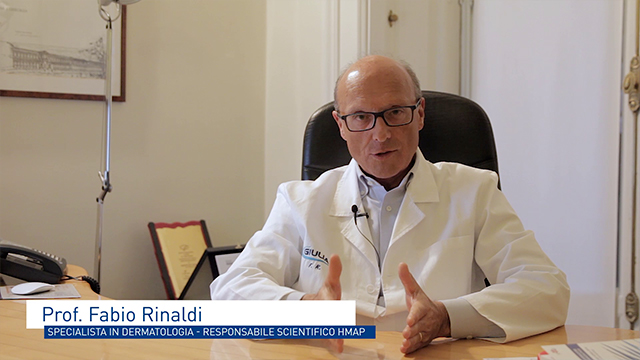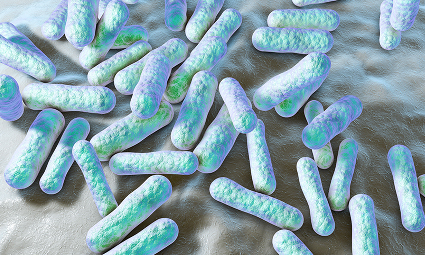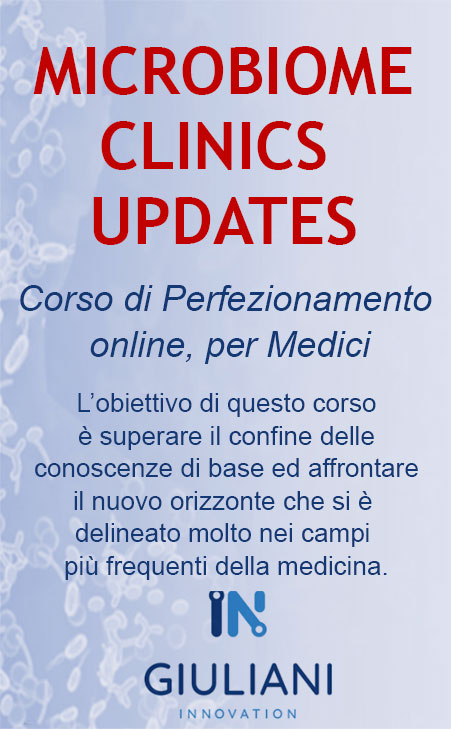Sweat, bacteria, and smell: the role of antiperspirant and deodorizing products
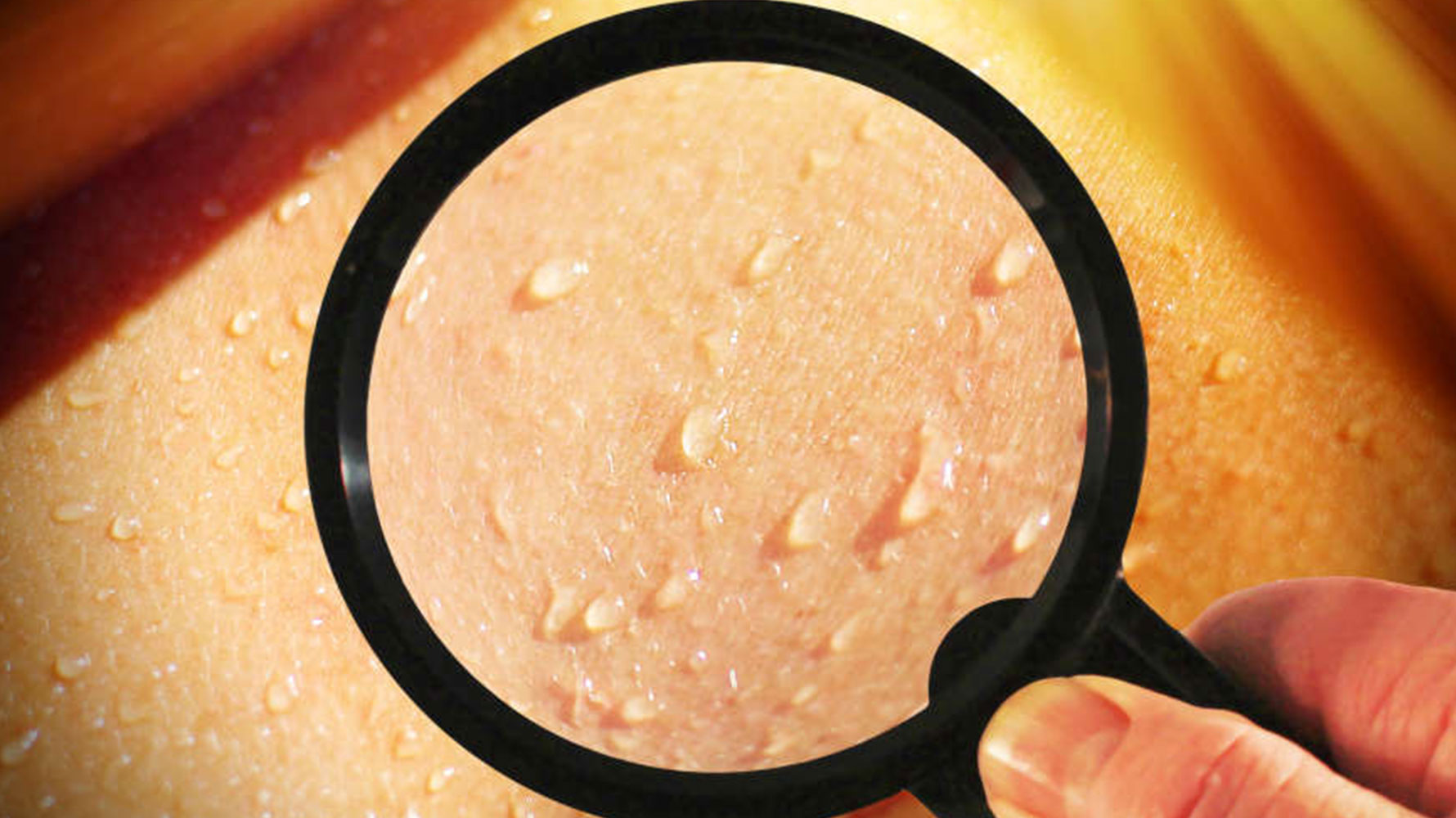
Excessive sweating and “bad smells”, typical of our plicae (skin rumples), constitute a daily problem to a large number of persons and may become a form of personal and social distress.
Sweat is produced by the sweat glands (eccrine and apocrine), particularly copious in our armpits (>25.000). Our sweat, both eccrine and apocrine, is rich in a number of substances (fatty acids, amino acids, long-chain fatty acids, mineral salts) that are metabolized by the bacteria living in our skin plicae. The skin microbiota in our plicae is the major cause of corporal bad smells because its eccrine and apocrine metabolism produces different volatile and malodorous substances.
The microbiota of armpits is therefore very interesting because it is a major cause of bromhidrosis (foul-smelling body odor) and can be modified through correct habits of personal hygiene and through the use of cosmetics, such as deodorants and antiperspirant products.
is mainly composed of Corynebacterium and Staphylococcus, two genera that typically colonize ecological “wet” niches, rich in nutrients (fats) thanks to our sweat, and also warmer because of occlusion. It has long been proven that the density and abundance of bacteria Corynebacterium in the armpit zone are associated with the presence and intensity of bad smell. Some species of coagulase-negative Staphylococci, such as Staphylococcus hominis and haemolyticus, are associated with bad body odor because they abundantly produce volatile sulfur compounds (thils).
More recent, researches studied the effects of deodorant and antiperspirant products on the bacterial microbiome of the armpits, with both traditional microbiological methods and with metagenomics. The use of antiperspirant products has been associated with major changes in the bacterial microbiome of the armpits, such as a reduced amount of bacteria in vitro and a wider variety of bacterial species. Subjects using antiperspirants show a relative growth in the populations of Staphylococcaceae compared to Corynebacterium. The same effect is not observed in subjects using deodorants only or who do not use topical products at all.
Did you know?
- The use of antiperspirants and deodorants can modify the bacterial microbiota of the armpits, which is the main cause of bad corporal odor.
- Unlike deodorants, antiperspirant products (in foam, spray or roll-on) contain substances like aluminum salts capable of regulating the sweat glands, thus reducing sweating, that is the vital substrate for the proliferation of bacteria in the plicae. The use of antiperspirant to control sweat positively affects the topic reduction of biomass and the diversification of bacterial microbiome.
- Deodorants are cosmetic products containing fragrances useful to conceive bad odors, but they are less effective in modifying the bacterial microbiota in the plicae of our skin.
- The selection of an appropriate product for the topical treatment of armpit skin must consider the desired properties (antibacterial, astringent, anti-inflammatory), skin diseases and patient’s needs.
References
- Callewaert C, Lambert J, Van de Wiele T (2017). Towards a bacterial treatment for armpit malodour. Exp Dermatol 26(5):388-391.
- Callewaert C, Kerckhof FM, Granitsiotis MS, Van Gele M, Van de Wiele, et al. (2013). Characterization of Staphylococcus and Corynebacterium clusters in the human axillary region. PLoS One 8(8): e70538.
- Troccaz M, Gaïa N, Beccucci S, Schrenzel J, Cayeux I, et al. (2015). Mapping axillary microbiota responsible for body odours using a culture-independent approach. Microbiome 24;3(1):3.
- Bawdon D, Cox DS, Ashford D, James AG, Thomas GH (2015). Identification of axillary Staphylococcus sp. involved in the production of the malodorous thioalcohol 3-methyl-3-sufanylhexan-1-ol. FEMS Microbiol Lett 362(16).
- Urban J, Fergus DJ, Savage AM, Ehlers M, Menninger HL, et al. (2016). The effect of habitual and experimental antiperspirant and deodorant product use on the armpit microbiome. PeerJ 2;4:e1605.
- Callewaert C, Hutapea P, Van de Wiele T, Boon N (2014). Deodorants and antiperspirants affect the axillary bacterial community. Arch Dermatol Res 306(8):701-10.
- Piérard GE, Elsner P, Marks R, Masson P, Paye M; EEMCO Group (2003(. EEMCO guidance for the efficacy assessment of antiperspirants and deodorants. Skin Pharmacol Appl Skin Physiol 16(5):324-42.
By
Dott. Simone Garcovich
Researcher
Institute of Dermatology, Università Cattolica del Sacro Cuore (Catholic University of the Sacred Heart)
Rome
